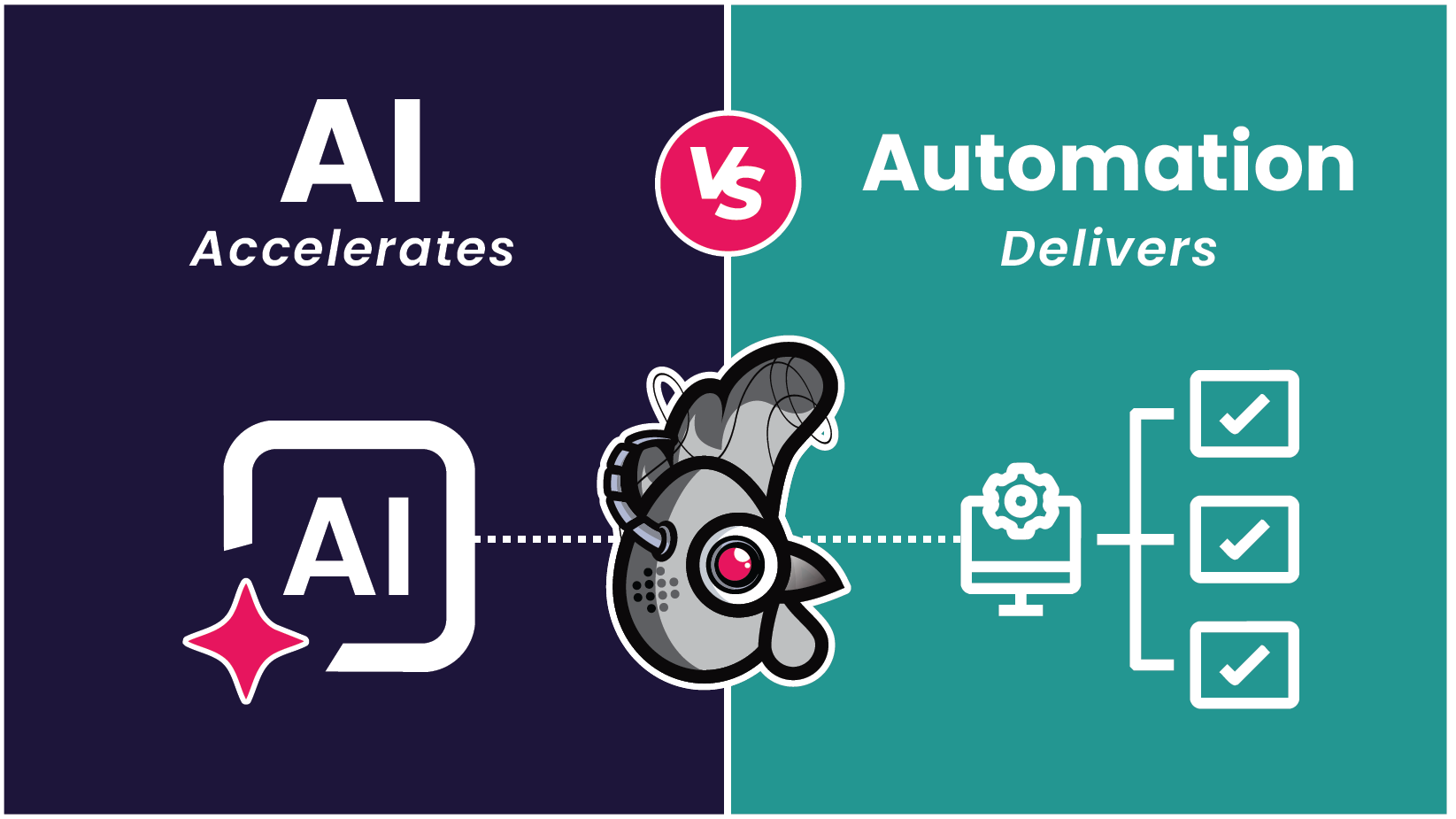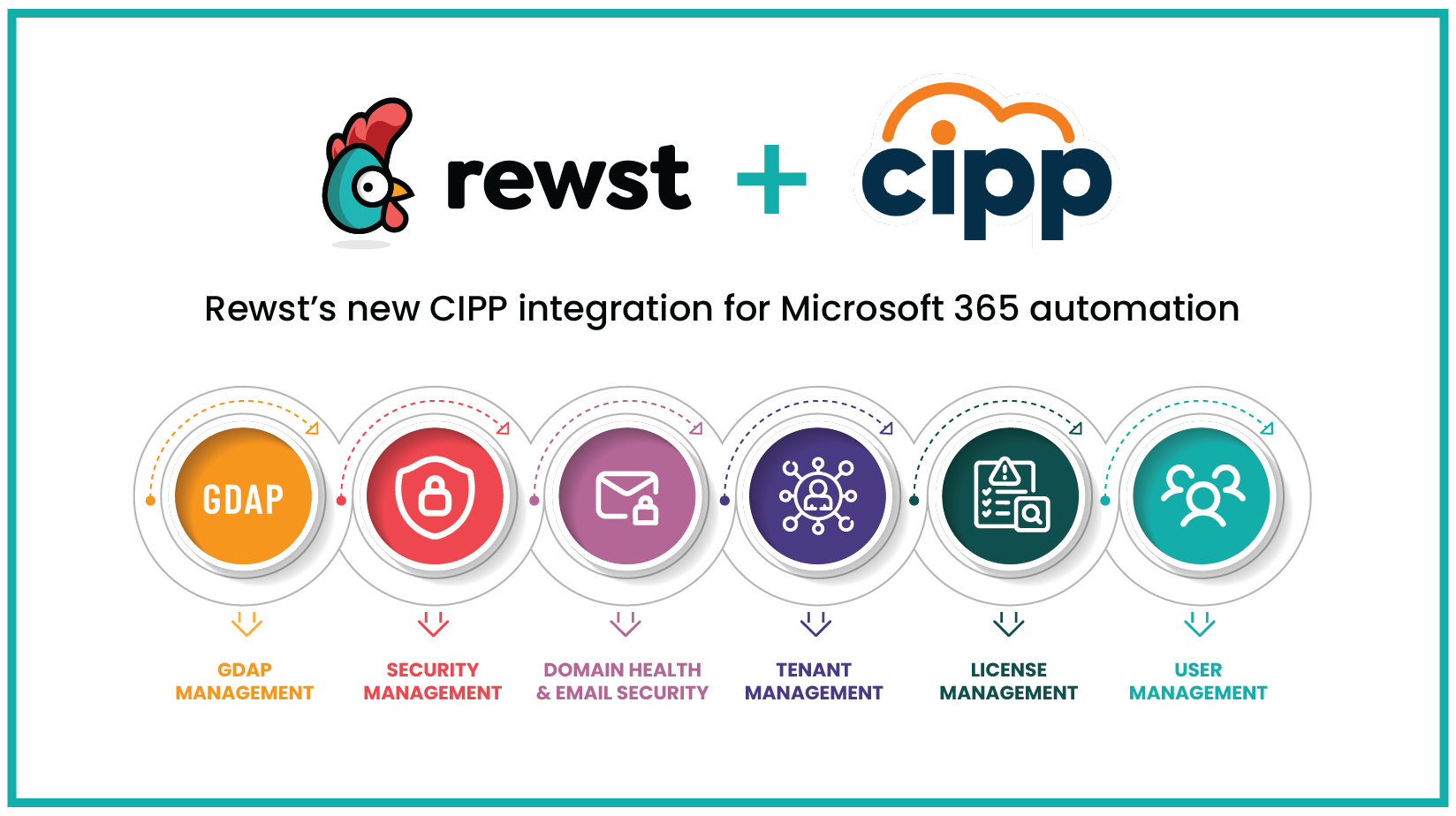How to Automate Autotask PSA Billing Reconciliation: 3 Methods
Learn 3 methods to automate Autotask PSA billing reconciliation. Save time, minimize errors & boost revenue with Rewst. Dive in now.

Billing reconciliation in Autotask PSA can feel like navigating a never-ending labyrinth for MSPs. Despite the arduous nature associated with manual billing reconciliation, it’s a monthly ritual for most MSPs, simply because there hasn’t been a viable alternative.
Enter automation – the beacon of hope in the darkness of manual processes. While automating billing reconciliation might seem intimidating, it’s the key to unlocking a smoother, more efficient operation. By taking the grunt work out of reconciliation, automation frees up MSP resources, allowing your organization to focus on what really matters – delivering top-notch service to your clients.
Let’s dive into how you can automate billing reconciliation as an Autotask PSA user. We’ll discuss the problems associated with manual billing reconciliation, the steps an MSP might take to automate their billing, and the benefits of fully automating billing reconciliation. We’ll also share the inspiring story of an MSP that saved $120k in missed revenue by automating their Autotask PSA billing reconciliation with Rewst.
Join us as we shake up your operations, save time, minimize errors, and pave the way for a brighter, more efficient future.
Problems with manual billing processes
Billing reconciliation is one thing every MSP must do, but few look forward to because of its complexity. Factors that play into the complexity of MSP billing reconciliation include:
- Diverse service infrastructures
- Multiple MSP tools
- Daily vendor data changes
- Vendor reporting delays or cadences that don’t align with your own billing cycle
- Discrepancy in client nomenclature across applications
Many MSPs try to tackle these challenges by manually reconciling billing across Autotask PSA and other applications. But this approach comes with many issues. Diverse company infrastructures and vendors make matching bills to customer contracts time-consuming. Reviewing data changes and vendor reporting delays can slow down customer invoicing. Mismatches in client names across vendors result in billing errors and missed revenue opportunities.
Fortunately, there’s a better way forward. Implementing automation across your MSP can ease these headaches and boost efficiency, setting the stage for greater operational success.
3 ways to automate Autotask billing reconciliation
Automation liberates your MSP from the maze of manual reconciliation. Manually matching bills to customer contracts and reviewing data changes can consume hours of valuable time. With automation, these tasks are streamlined, allowing MSPs to reallocate time to more strategic initiatives that drive business growth.
So without further ado, here is a detailed explanation of each way an MSP can approach automating Autotask billing reconciliation.
1. Custom scripting
Some MSPs with in-house developers opt for custom code to automate billing reconciliation. While creating custom PowerShell scripts for tasks like generating reports from Microsoft 365 can be appealing, maintenance becomes a challenge. Continuously updating and managing the code across multiple devices demands ongoing effort and technical expertise.
While custom code offers flexibility, it can introduce complexities and dependencies that may not align with your MSP’s existing infrastructure and operational capacity. This approach may not be ideal if your MSP is already stretched thin on technical resources.
2. Single task automation
Many MSPs, lacking extensive developer resources, often turn to the tools within their existing tech stack to address their needs. This typically involves leveraging single-task automation platforms like Power Automate, which are familiar and comfortable. However, while these tools may serve specific functions adequately, they can fall short of meeting the comprehensive needs of MSP billing reconciliation.
For example, a single-task platform like Power Automate could streamline specific parts of the billing cycle, such as pulling Autotask PSA contracts. However, automating contract pulling only provides administrators with a list of devices and services related to a specific contract. This leaves MSPs facing the manual tasks of aligning vendor bills, searching for missed revenue opportunities, and waiting on vendor reports.
3. Full-process automation solution
End-to-end automation tackles all the complexities of MSP billing operations without limiting you to single tasks or coding maintenance. From pulling contract lists to cross-referencing vendors and billing customers, a full process automation platform lets you ideate and connect your tools so you can automate billing reconciliation from start to finish.
RPA platform, Rewst, offers a pre-built workflow called a “Crate” that lets you generate a report based on various vendor contracts, avoiding the headache of manually pulling data from each tool. You can even breakdown this Crate, pull it into a custom workflow canvas, and combine it with an Autotask PSA integration to map company ids across different contracts and vendors.
So, if your client’s name in Sentinel One is “AAA Plumbing” but their name in Autotask is “Triple A Plumbing” Rewst lets you match this data without the need for manual intervention, enabling you to bill clients accurately and see missed revenue opportunities.
As a bonus, developers can even pull their existing codes into the custom workflow canvas to automate infrastructure maintenance.
Marcus Networking saves $120k+ by automating billing reconciliation
A great example of how automating Autotask billing reconciliation can change the trajectory of your business is that of Marcus Networking, a family-owned MSP facing the same billing reconciliation woes as the rest of the industry. CEO Eric Marcus recognized the inefficiencies of manual reporting, with 20 to 40 admin hours spent each month on reconciliation tasks.
The company leveraged Rewst’s API integrations to access information directly from Autotask PSA and their other tools. From there, Rewst’s versatile workflow canvas helped them automate their reporting and approval processes. Full-process automation addressed the bottleneck created by delayed reporting from vendors, saved substantial administrative time and eliminated manual errors associated with reconciling vendor bills and customer contracts.
With increased billing accuracy and time savings, they strengthened client trust and streamlined operations. Eric estimates they’ve been able to identify upwards of $100,000 annually in missed license revenue while saving $1,500 each month in billing reconciliation labor costs.
An automated alliance paves the path for future success
While there are several ways to tackle billing reconciliation, full process automation offers a unique approach to optimizing your Autotask PSA. With a customizable workflow canvas and seamless integrations, MSPs can streamline billing reconciliation, resulting in notable time and cost savings. The success story of Marcus Networking exemplifies the remarkable impact of full-process automation, illustrating its potential to revolutionize operations and deliver tangible outcomes for MSPs.
Let Rewst be your trusted ally in navigating the intricacies of MSP operations, delivering not only time and cost savings but also reinforcing client relationships. Take the first step today and unlock the transformative power of automation with Rewst by your side.
Latest Blog Posts
Subscribe to Our Blog
Stay up to date with the latest on our platform, automation, events and news.
We're committed to your privacy. Rewst uses the information you provide to us to contact you about our relevant content, products, and services. You may unsubscribe from these communications at any time.







